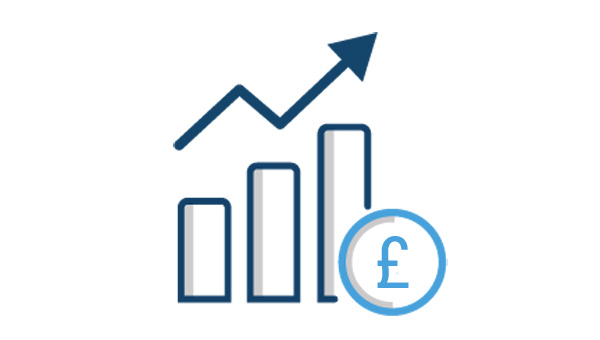The eCommerce Evolution
The UK is starting to get back to normal after three lockdowns due to the corona virus, once again people are getting used to going to the pub and getting their hair cut.

While the opening up of shops saw online retail sales dip back down from the highs of 37% of retail sales being online in Nov 2020 and Jan 2021, it still hasn’t dropped back to pre-covid levels (22%) and remains up at 25.9% of retail sales, still above forecast.
With Black Friday and Christmas just around the corner the percentage of goods purchased online will only increase as it usually does at this time of year.
So, what factors should businesses be considering going forward in order to cope with this expected and continued rise in ecommerce sales and home deliveries? And how can they remain competitive within an increasingly crowded online marketplace?
A Permanent Shift in Buying Habits
The imposed lockdown restrictions over the past 18 months created an inevitable shift towards buying online as high street stores closed and people had no other choice than to turn to online ordering. Online retail was steadily increasing before the crisis, but the impact of Covid-19 has lead many to try shopping online for groceries and consumer goods for the first time and they are unlikely to go back to the high street now that they have discovered the benefits of shopping from home.
The increase in online retail may have started and been accelerated by the Coronavirus pandemic, but the reason online shopping will continue is down to convenience of having the items they need delivered to their home, when they want them.
Some businesses have not survived this change and we have already seen a number of stores from big brands closing or the loss of certain chains completely. The high street may not be as busy as it once was with stores and shoppers and the experience of the high street is no longer what it once was or what consumers are necessarily looking for anymore.
There’s also the added time, cost and inconvenience for consumers buying on the high street: travel, fuel, parking etc.. Consumers are becoming increasingly cost-conscious – especially as other incidental living costs such as energy are rising – they will be looking to save money where they can. If they can purchase the same products online, at a lower cost and get them delivered cost effectively at their convenience – why wouldn’t they shop online?
How can online retailers become more efficient in order to cope with this increase in demand?
The Human Factor to Deliveries
One possible way to cope with the increase in delivery numbers will be to increase workforce numbers, but as has been widely reported recently there is a massive shortage of qualified delivery drivers. Companies need to look for solutions that can help the current driver workforce deliver more by working smarter not longer. Solutions that help increase the delivery density while reducing the cost per delivery, such as dynamic delivery scheduling and delivery route optimisation.
Delivery Times
Too often, companies expect to deliver all the orders from one day, the very next day, without taking into consideration the overall capacity of their fleet and the miles required for the deliveries. A better solution would be to use a delivery scheduling and route optimisation solution, that with the help of Artificial Intelligence, is continuously optimising the deliveries every time an order is taken. Offering the consumer a selection of possible delivery slots and enabling them to select the choice of delivery on a day and time that best suits them and their budget.
Read more about customer self selection delivery slots
Death of the High Street
The decline of the high street has been well publicised for many years, with footfall decreasing and retailers shutting down increasingly year on year. The Covid-19 crisis accelerated that decline, leaving some stores with no option but to close their doors as consumer habits changed, the recent reprieve through the Summer of 2021 may have helped some stores but eventually we could be witnessing the death of the high street sooner than we thought.
Consumer preference and priorities have now dramatically shifted and companies like Amazon have set the standard for the ecommerce experience. Consumers don’t want or need to visit the high street for their shopping needs – people are time poor and will pay for the convenience of having what they need, delivered where and when they want it. Customer experience still reigns supreme, but the emphasis has changed to convenience.
This is why in the modern retail landscape, fulfilment delivery is now a key differentiator for ecommerce businesses – especially for those that rely on third party logistics providers. Loyalty is vital for all businesses and the impact of a poor delivery experience can significantly alter consumer perception of the brand, potentially causing them to shop elsewhere in the future. The use of technology to optimise delivery efficiency has never been more important.
Read our Online Delivery Consumer Research for the latest figures
Catalyst for change
One of the few positives to come out of the current crisis is that it will have been the undeniable catalyst for businesses to embrace adoption to the new vision of retail. Any businesses holding on to old ways of working and more traditional systems are unlikely to survive through the remainder of this pandemic. We may still be living in an economic climate that is changing day by day, but there is a clear trajectory for retail that is well underway – businesses need to adapt now or risk failure.


